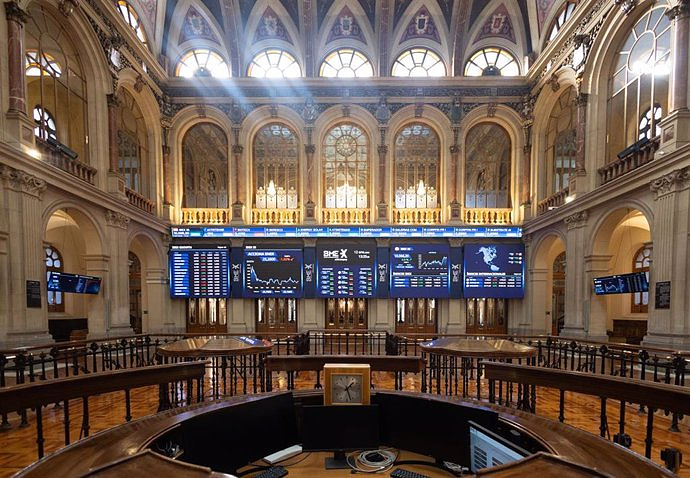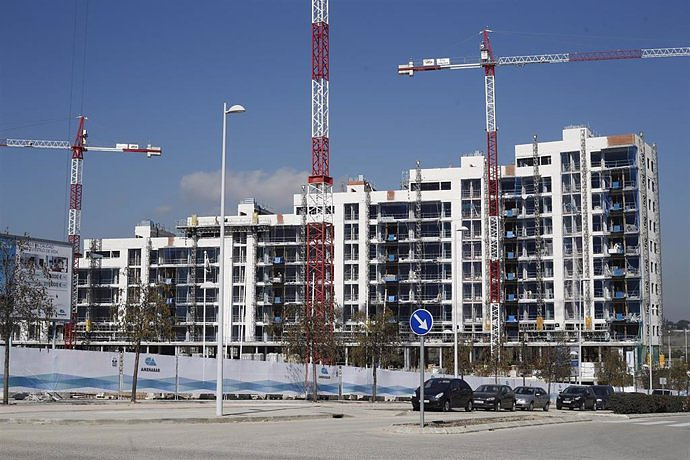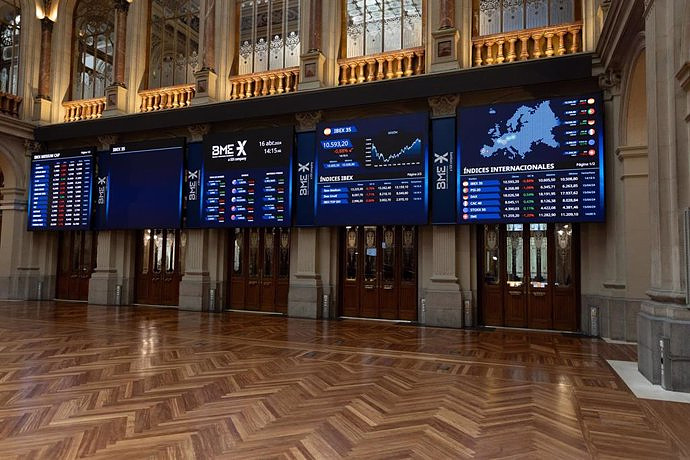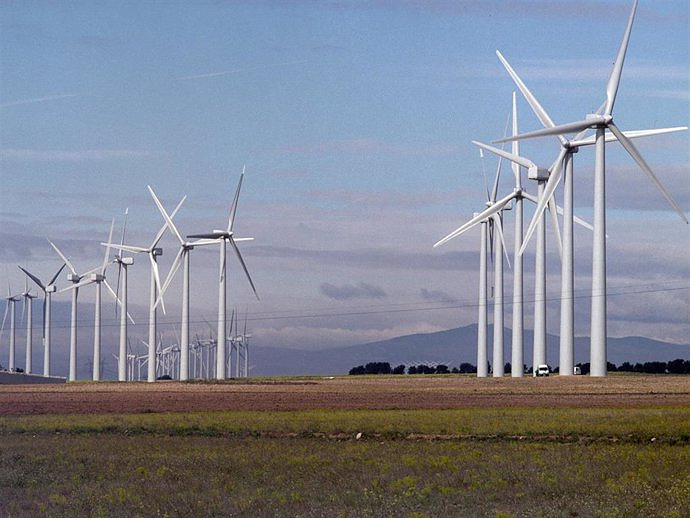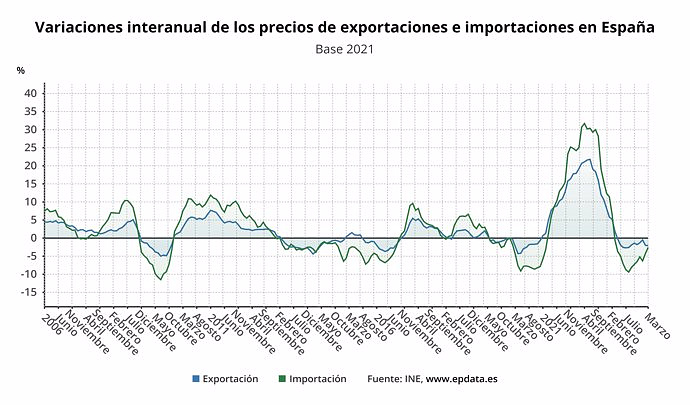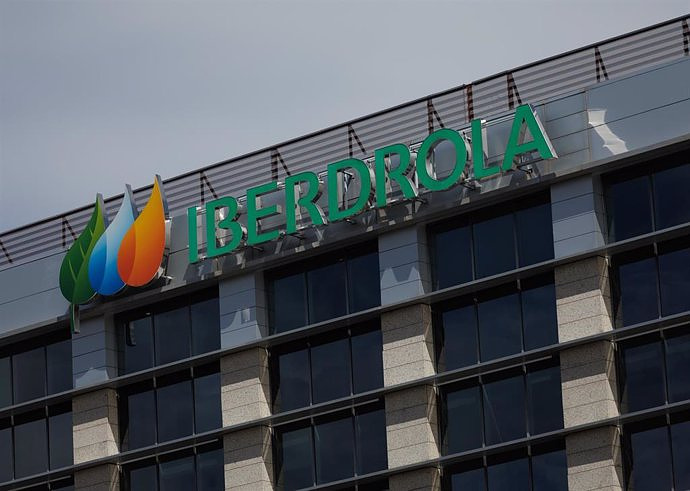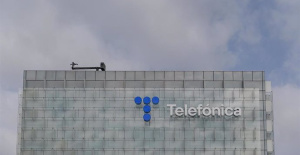The indicator registered a fall of 0.67% this Thursday MADRID, Feb 29. (EUROPA PRESS) -
The Ibex 35 ended February against Europe by recording a fall of 0.76%, although it managed to barely save the symbolic level of 10,000 points, in a month marked by the change in investors' perspective regarding to monetary policy, which is now delaying the first interest rate cuts to the middle of the year, and the stock market development of Grifols, which this Thursday signed the worst session in its history with a fall of 35% after presenting its accounts , which have not yet been audited.
The main indicator of the Spanish market, which ended the session at 10,001.3 points, has had two faces throughout February: in the first three weeks a downward pressure was installed that took the selective to around 9,850 points per the idea that the Federal Reserve (Fed) and the European Central Bank (ECB) would not make many or very intense interest rate cuts (the market now expects three cuts starting in the spring).
In that sense, the ECB minutes revealed that in the last meeting, held at the end of January, there was a broad consensus that it is "premature" to discuss rate cuts considering that "the risk of lowering official rates too soon outweighed that of doing it too late.
The tone and concerns were very similar to those expressed by the Fed, whose minutes showed the concern of the Federal Open Market Committee (FOMC) about the risk of relaxing monetary policy too quickly.
Despite this, thanks to the other side that the Ibex has offered in the final part of the month, the selective has managed to recover ground to the point of moderating the losses and thus maintaining the level of 10,000 points.
Macroeconomic data have also been intense: the Spanish CPI has moderated six tenths in February, to 2.8%, due to the light, and underlying inflation falls to 3.4%, and the German CPI has moderated to 2 .5% in February, its lowest level since 2021, while US PCE inflation - one of the Fed's reference measures - in January has moderated to 2.6% and core inflation has fallen to 2. 8%.
Despite this, thanks to the other side that the Ibex has offered in the final part of the month, the selective has managed to recover ground in the last part of February to the point of moderating the losses and maintaining the level of 10,000 points.
Within the wave of business results, Grifols has emerged as the protagonist by sinking 35% this Thursday in the worst session on the Stock Market in its history, placing the share at 7,584 euros, the lowest of March 2012, after having celebrated its meeting with analysts on the day of publication of its annual accounts, which have not yet been audited by KPMG.
This stock market decline, the most pronounced of this Thursday's session, has motivated the Ibex to close trading this Thursday with a decline of 0.67%.
Grifols has assured that the professional firm hopes to complete the audit process before March 8; Furthermore, this same week, the president of the CNMV, Rodrigo Buenaventura, indicated that he had requested new clarifications from Grifols following the accusations made by the bearish fund Gotham, which is why his analysis of the information published by the Spanish listed company was going to be delay a few weeks.
The values with the best monthly evolution in the Ibex 35 have been Rovi (15.61%); Indra (7.29%); Repsol (7.17%); Fluidra (7.16%); Aena (6.64%); Unicaja (6.42%); BBVA (5.88%) and Caixabank (5.46%). On the other hand, the worst performances in February were recorded by Grifols (-25.24%); Acciona Energía (-20.75%); Solaria (-19.53%); Amadeus (-16.42%); Acciona (-13.97%); Naturgy (-12.48%) and Enagás (-11.56%).
Most European markets have concluded the month with considerable advances: Paris has added 3.54%; Frankfurt 4.58% and Milan 5.97%. London, for its part, closed flat (-0.01%).
In other geographies, the Japanese Nikkei has climbed to all-time highs, favored by the weakness of the yen, which has boosted the inflow of foreign capital, and the S
In raw materials markets, Brent crude, the benchmark in Europe, has risen 4% this month, to almost $84 a barrel, affected by supply cuts - mainly carried out by Russia - and WTI Texas rose another 4%, to $78.8 a barrel.
Regarding currencies, the euro lost 0.2% in the month against the dollar, at 1.08 'greenbacks', while the interest on the long-term Spanish bond closed at 3.284%, two tenths compared to the closing of January, and with the risk premium (the differential with the German bond) at 87.5 points.
The troy ounce of gold closes the month at levels similar to January, at $2,040 - although it lost that level in the middle of the month.
Bitcoin recorded a 45% revaluation in February, to $61,000, which is why it is seeing its all-time highs - at the $69,000 it reached in November 2021 - and several analysis houses have ended the 'crypto winter', a period in which it fell to $15,000 due to the bankruptcy of several entities in the sector and the disappearance of other cryptocurrencies.

 Exploring Cardano: Inner Workings and Advantages of this Cryptocurrency
Exploring Cardano: Inner Workings and Advantages of this Cryptocurrency Seville.- Economy.- Innova.- STSA inaugurates its new painting and sealing hangar in San Pablo, for 18 million
Seville.- Economy.- Innova.- STSA inaugurates its new painting and sealing hangar in San Pablo, for 18 million Innova.- More than 300 volunteers join the Andalucía Compromiso Digital network in one month to facilitate access to ICT
Innova.- More than 300 volunteers join the Andalucía Compromiso Digital network in one month to facilitate access to ICT Innova.-AMP.- Ayesa acquires 51% of Sadiel, which will create new technological engineering products and expand markets
Innova.-AMP.- Ayesa acquires 51% of Sadiel, which will create new technological engineering products and expand markets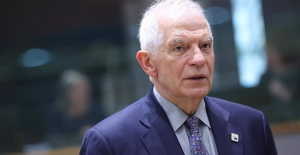 Borrell points out that several EU countries may recognize the State of Palestine in May
Borrell points out that several EU countries may recognize the State of Palestine in May The CNMV prohibits the funds that sold shares to Apollo in its takeover bid from purchasing more Applus securities
The CNMV prohibits the funds that sold shares to Apollo in its takeover bid from purchasing more Applus securities STATEMENT: SUNRATE partners with YeePay to empower Chinese companies to navigate global expansion
STATEMENT: SUNRATE partners with YeePay to empower Chinese companies to navigate global expansion Nadal is still alive and exciting in Madrid
Nadal is still alive and exciting in Madrid How Blockchain in being used to shape the future
How Blockchain in being used to shape the future Not just BTC and ETH: Here Are Some More Interesting Coins Worth Focusing on
Not just BTC and ETH: Here Are Some More Interesting Coins Worth Focusing on They create a bank of machinery sounds to prevent breakdowns through artificial intelligence
They create a bank of machinery sounds to prevent breakdowns through artificial intelligence UPV students build a prototype of a wooden house to move to Equatorial Guinea
UPV students build a prototype of a wooden house to move to Equatorial Guinea The UA opens the call for the Impulso 2024 Awards for the best innovative business initiatives
The UA opens the call for the Impulso 2024 Awards for the best innovative business initiatives ALI, virtual assistant from Alicante, internationally recognized by the OECD
ALI, virtual assistant from Alicante, internationally recognized by the OECD A million people demonstrate in France against Macron's pension reform
A million people demonstrate in France against Macron's pension reform Russia launches several missiles against "critical infrastructure" in the city of Zaporizhia
Russia launches several missiles against "critical infrastructure" in the city of Zaporizhia A "procession" remembers the dead of the Calabria shipwreck as bodies continue to wash up on the shore
A "procession" remembers the dead of the Calabria shipwreck as bodies continue to wash up on the shore Prison sentences handed down for three prominent Hong Kong pro-democracy activists
Prison sentences handed down for three prominent Hong Kong pro-democracy activists ETH continues to leave trading platforms, Ethereum balance on exchanges lowest in 3 years
ETH continues to leave trading platforms, Ethereum balance on exchanges lowest in 3 years Investors invest $450 million in Consensys, Ethereum incubator now valued at $7 billion
Investors invest $450 million in Consensys, Ethereum incubator now valued at $7 billion Alchemy Integrates Ethereum L2 Product Starknet to Enhance Web3 Scalability at a Price 100x Lower Than L1 Fees
Alchemy Integrates Ethereum L2 Product Starknet to Enhance Web3 Scalability at a Price 100x Lower Than L1 Fees Mining Report: Bitcoin's Electricity Consumption Declines by 25% in Q1 2022
Mining Report: Bitcoin's Electricity Consumption Declines by 25% in Q1 2022 Oil-to-Bitcoin Mining Firm Crusoe Energy Systems Raised $505 Million
Oil-to-Bitcoin Mining Firm Crusoe Energy Systems Raised $505 Million Microbt reveals the latest Bitcoin mining rigs -- Machines produce up to 126 TH/s with custom 5nm chip design
Microbt reveals the latest Bitcoin mining rigs -- Machines produce up to 126 TH/s with custom 5nm chip design Bitcoin's Mining Difficulty Hits a Lifetime High, With More Than 90% of BTC Supply Issued
Bitcoin's Mining Difficulty Hits a Lifetime High, With More Than 90% of BTC Supply Issued The Biggest Movers are Near, EOS, and RUNE during Friday's Selloff
The Biggest Movers are Near, EOS, and RUNE during Friday's Selloff Global Markets Spooked by a Hawkish Fed and Covid, Stocks and Crypto Gain After Musk Buys Twitter
Global Markets Spooked by a Hawkish Fed and Covid, Stocks and Crypto Gain After Musk Buys Twitter Bitso to offset carbon emissions from the Trading Platform's ERC20, ETH, and BTC Transactions
Bitso to offset carbon emissions from the Trading Platform's ERC20, ETH, and BTC Transactions Draftkings Announces 2022 College Hoops NFT Selection for March Madness
Draftkings Announces 2022 College Hoops NFT Selection for March Madness